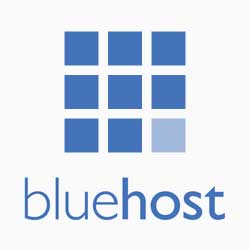Jim Hamilton’s Storyselling Method
Jim Hamilton’s “Email Storyselling” method is a powerful, four-step framework designed to convert subscribers into buyers—especially effective even with smaller email lists:
The 4-Step Email Storyselling Formula
- Story
Begin with a personal, emotional story that hooks your reader—whether it’s a struggle, breakthrough, or simple anecdote. (econolearn.com) - Lesson
Draw out the key insight or takeaway from your story—what you learned that the reader can benefit from. - Pivot
Transition from lesson to how it relates to your product, service, or offer, highlighting the value and relevance. - Call to Action (CTA)
End with a clear, compelling action—invite them to buy, book, click, or reply.
Why It Works
- Quick & repeatable: The method empowers writers to draft persuasive emails in ~15 minutes.
- Small-list friendly: Great for driving $5K–10K+/month, even from just 1–2K subscribers by maximizing engagement and conversion.
- Builds trust: Humans connect with stories—this framework fosters emotional engagement and positions you as a relatable authority.
How to Use It in Your Campaigns
| Step | What to Do |
|---|---|
| Story | Share a real-life moment tied to your niche or problem area |
| Lesson | Reveal the insight—what that experience taught you |
| Pivot | Tie the insight to your solution or offer |
| CTA | Clearly ask them to take action—download, reply, buy |
Next Steps
- Apply the formula immediately in your next email.
- Test variations in subject lines, stories, CTAs to optimize open and click rates.
Sample Email (Using Hamilton’s Storyselling Style)
Subject: How failing at my “perfect” launch led to $10K in less-than-perfect sales
Hey [First Name],
I’ve gotta admit—I used to plan every email like a military operation. Timelines, bulletproof messaging, the works.
But despite all that prep, my last product launch flopped. The tech glitched during the webinar, only half the emails went out, and sales trickled in at a snail’s pace.
I was panicking—my reputations and revenue both took a hit.
Yet the next time I launched, I ditched the 100-page checklist for something simpler: I told a real, honest story. No fluff. Just what really happened behind the scenes.
And here’s the kicker: that raw, relatable story—and the humble ask I tucked inside—brought in over $10,000 in sales, faster than any launch before. That’s what Email Storyselling can do.
Here’s the 4-step twist I followed:
-
Story: Shared what really happened—failure upfront.
-
Lesson: Revealed what I learned (stop overthinking, start storytelling).
-
Connect: Made it relatable—everyone who’s launched something vulnerable has felt that panic.
-
Ask: Offered the solution—my new, simplified launch training, with an invite to learn more if it resonates.
So… what’s the story behind your last “almost perfect” effort? I’d love to help you turn the messy real-life version into something people buy into.
Chat soon?
Best,
[Your Name]



Comments